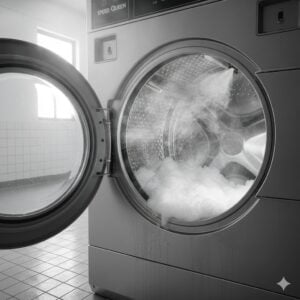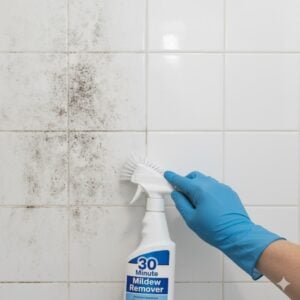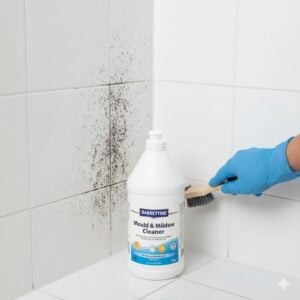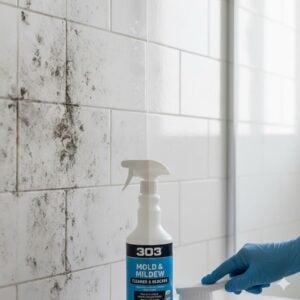Many homes and low-rise buildings in the UAE use underground sewage tanks to manage wastewater. These tanks collect everything from kitchen drainage and shower runoff to toilet waste. While they’re designed to operate out of sight, they need regular attention to stay safe and functional.
Without proper maintenance, a sewage tank can overflow, clog, or even crack—leading to serious hygiene risks, bad smells, and costly repairs. That’s why sewage tank cleaning is an essential part of home care, especially in villas or areas without a centralized sewer connection.
In this guide, we break down how sewage tank cleaning works, why it matters, and what you can expect when booking a service anywhere in the UAE.
Table of Contents
Toggle1. What Is Sewage Tank Cleaning?
Sewage tank cleaning is the process of removing built-up waste, sludge, and residue from your underground or above-ground wastewater tank. These tanks are typically installed in villas, standalone buildings, or in places where sewage infrastructure is decentralized.
The cleaning process usually involves the following steps:
- A specialized vacuum truck arrives at your property.
- A large suction hose is inserted into the access hatch of your sewage tank.
- Wastewater and solid sludge are pumped out and stored safely in the truck’s tank.
- The tank is flushed with water or cleaned with high-pressure jets to remove residue.
- The technician may inspect the inside of the tank for signs of wear, cracks, or leaks.
Some tanks hold only black water (toilet waste), while others combine both grey water (from sinks, showers, etc.) and black water. Cleaning ensures your entire system works efficiently and doesn’t pose any risks to your health or property.
2. Why Regular Sewage Tank Cleaning Is Important
Just like you clean your kitchen or bathroom regularly, your sewage tank also needs attention—even if you never see it. Over time, sludge settles at the bottom of the tank and can build up to the point where it reduces capacity and blocks pipes. Here’s why routine cleaning is so important:
Prevent blockages and overflows: When the tank gets too full, it can back up into toilets or outdoor drains, causing serious messes and health hazards.
Control odors and bacteria: Stagnant waste can lead to unpleasant smells that creep into your home or garden. Worse, it creates the perfect breeding ground for harmful bacteria and insects.
Protect family health: A neglected sewage tank increases the risk of contamination, which can affect air quality and even water supply if not handled properly.
Prevent damage to your plumbing system: Excess sludge or hardened waste can strain your pipes, leading to cracks or leaks that require expensive repairs.
Comply with local hygiene standards: Most UAE municipalities encourage or require periodic sewage tank cleaning to maintain public health and sanitation. It’s also a common requirement in tenancy or building management agreements.
In short, cleaning your sewage tank isn’t just about avoiding bad smells—it’s about protecting your home, your health, and your wallet.
3. How Often Should You Clean Your Sewage Tank?
There’s no one-size-fits-all rule when it comes to how often you should clean your sewage tank. The right schedule depends on a few factors—such as the size of the tank, the number of people using the system, and how heavily the plumbing is used.
However, here are some general guidelines that work for most UAE households and businesses:
- Residential villas: Every 6 to 12 months is usually sufficient for a standard family of 4–6 people.
- Larger buildings or shared villas: May require quarterly cleaning due to higher usage and shared responsibility.
- Restaurants or cafes: Monthly or bi-monthly cleaning is often necessary due to grease and food waste entering the system.
- Commercial buildings: Follow scheduled maintenance based on occupancy and tank volume. Some systems have usage meters to track this.
If you notice slow drains, gurgling sounds, bad smells, or unusually lush grass near your tank area, those could be signs it’s overdue for a clean. It’s better to stick to a regular schedule than wait for a problem to occur—especially during hot months when bacteria and smells multiply faster.
4. What to Expect During a Sewage Tank Cleaning Service
If you’ve never booked a sewage tank cleaning before, the process is simpler than you might think. Most services are quick, efficient, and cause minimal disruption. Here’s what usually happens:
Arrival of the vacuum truck: A sewage suction vehicle (also known as a tanker) will arrive at your location at the scheduled time. These trucks are equipped with large storage tanks and heavy-duty hoses.
Accessing the tank: The technician will open your sewage tank’s manhole or access point—usually located in your garden, driveway, or service yard.
Waste extraction: Using powerful vacuum suction, the waste is removed from the tank and safely transferred into the truck’s holding tank. This process takes about 20 to 30 minutes for a standard villa tank.
Rinsing the tank interior: In most services, the tank is flushed with clean water to remove leftover sludge and sediment. For deeper cleans, water jetting may be used.
Final check: The team may visually inspect the tank walls for signs of cracks, leaks, or unusual buildup, and let you know if further repair or servicing is recommended.
In total, the process usually takes 30 to 60 minutes for residential homes, with minimal noise and no need to enter the home itself. You don’t need to be heavily involved—just make sure the team has clear access to the tank area.













